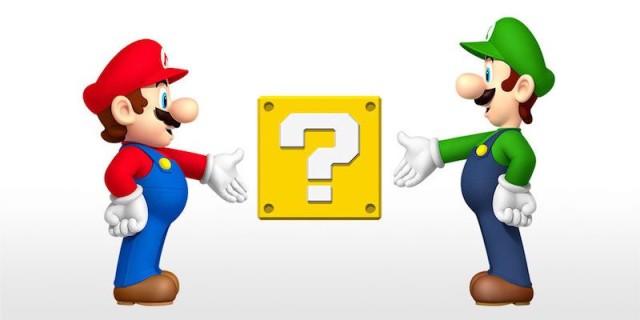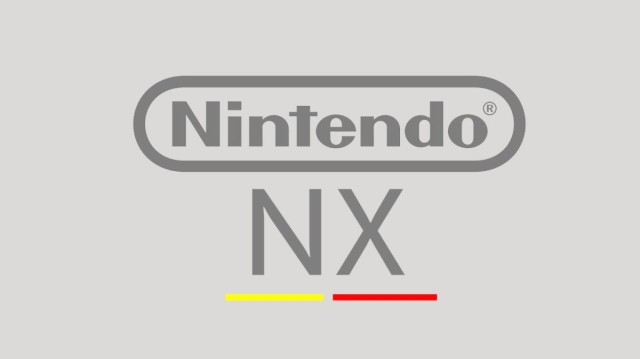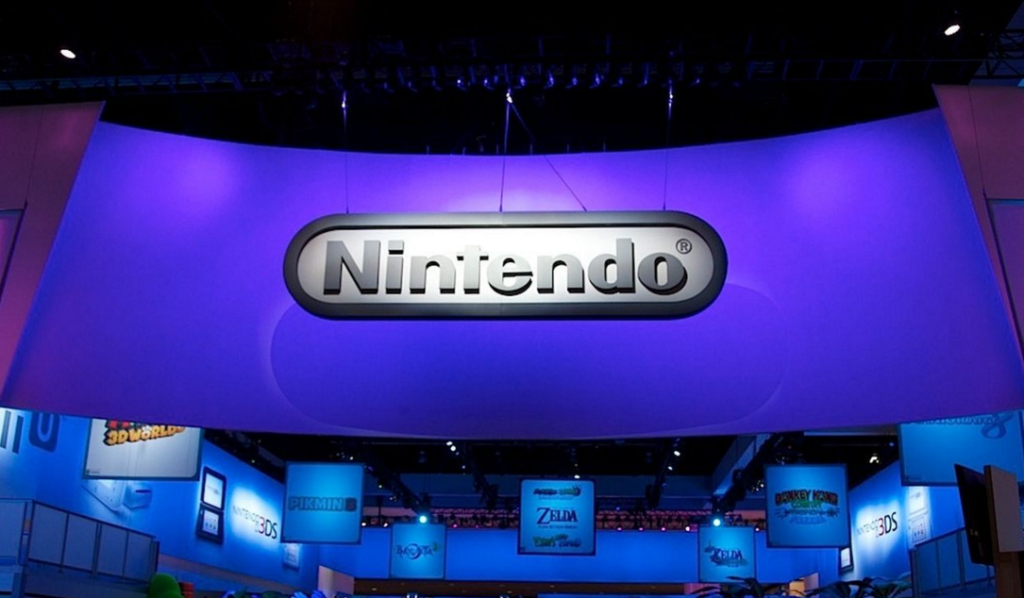Nintendo’s announcement that its new console, currently codenamed the NX, will launch globally in March of 2017 has huge implications for game marketers this Christmas. Of course, there’s also a major impact on Nintendo as well. The landscape of the console market for the next couple of years is beginning to come into focus, and this upcoming Electronic Entertainment Expo (E3) should tell us a great deal about the console game market’s future.
Nintendo’s statement about the NX was brief: “For our dedicated video game platform business, Nintendo is currently developing a gaming platform codenamed “NX” with a brand new concept. NX will be launched in March 2017 globally.” Additionally, Nintendo confirmed that the new Zelda title already announced for the Wii U would be a launch title for the NX, and that the NX would not be shown at E3 in June. Nintendo did, however, announce its next two mobile games in development are based on the Animal Crossing and Fire Emblem brands, but no time frame was given.
The Current State Of Nintendo
Nintendo’s earnings report for the year just ended revealed that the company’s revenues continued to slide, down by over 8 percent for FY2015 to $4.5 billion, with profits down 60 percent to $149 million. Nintendo’s projection for FY2016, which ends up in March 2017, showed continuing decline in revenue by about 1 percent, though projecting profits improve by 36 percent. The NX system will ship too late in FY2016 to affect the revenue or profit numbers, just days before the end of the fiscal year.
The Wii U is clearly coming to a halt—Nintendo sold 3.26 million in FY2015, and projects sales of only 800,000 in FY2016. Nintendo did have good sales with Splatoon (4.27 million units) and Super Mario Maker (3.52 million units), impressive on an installed base of only 12.8 million Wii U consoles. Nintendo needs to get a much larger installed base for the NX, so that the company can get back to selling massive amounts of its hit software.
The Marketing Implications For Nintendo
Nintendo has been pretty clear about its marketing intentions for the rest of 2016, albeit indirectly. With no NX at E3, the focus of the June show for Nintendo will be its upcoming Wii U and 3DS titles. That is essentially what the company will be selling for the rest of this year. We can also infer from Nintendo’s financial projections for the remainder of 2016 and the first quarter of 2017 that the company doesn’t plan an extensive marketing spend—it’s projecting flat sales but a 36 percent improvement in profits, which means that some spending is going to be cut back. With a new console on the way, you can bet that cutback won’t be in hardware or software development. That leaves general overhead, but the easiest target is probably the marketing budget.
Cutting the marketing budget back makes sense with a new console launch coming after the holiday season. It’s better to conserve those funds for a better launch campaign when you can expect to sell much more important new hardware and oodles of profitable software to go with it. The bottom line is this: Don’t expect any significant marketing spend from Nintendo for the rest of this year.
One last question needs to be addressed: Why is Nintendo launching the NX in March, of all times? Why not for the holiday season in 2016, or the holiday season in 2017? While Nintendo isn’t likely to explain, it’s easy to come up with some likely reasons. Certainly a holiday launch is the most desirable time, which is why nearly every major console from every manufacturer has launched then. So Nintendo didn’t choose March because it was the best time—the company felt it had to.
Several reasons come to mind. One is to allow more time for software to be ready for launch, both from Nintendo and from third-parties. Nintendo saw very clearly what a lack of strong software at launch did to the Wii U; avoiding that problem is a good reason to miss the holiday season. Another is that there are often production issues with the latest chips (likely to be in the NX), limiting supply—providing more time allows more inventory to be built, especially important since Nintendo stated it wants to launch the NX globally in March 2017. That means providing an adequate supply in Japan, North America, and Europe. While shortages that last a week or two can be tolerated, months-long shortages will drive buyers to the numerous other alternatives for spending their gaming dollars.
Why not just move the NX launch to holiday 2017? That would mean another year of terrible sales for Nintendo. The company wants to get back to ‘Nintendo-like’ profits sooner rather than later, and waiting another six months just gives more time for the market to move past whatever you are planning. So March 2017 is the NX launch date.
What features will the NX have? What will be its price? While those are interesting questions, they are not as critical to the success of the NX as the software. Nintendo has to find a way to release strong NX titles that use iconic Nintendo brands both at launch and on a regular basis thereafter—every month or two would be best, but no more than three months apart. Reworking old titles is fine if they are strong ones, but Nintendo has to provide a steady stream of first-party software. Third-party support is all well and good, but it’s no substitute for Zelda, Mario, Donkey Kong, Smash Bros. and others.
The reality is there are millions of Nintendo fans who would plunk down several hundred dollars to play an awesome-looking new Zelda title, with regular Nintendo titles to follow. Yes, expanding the user base beyond the hardcore Nintendo fans will to some extent depend on price points, features, and third-party support. But without software, a console is a very expensive doorstop. Hopefully the NX will have some great features, including being easy to program for, and a reasonable price. But even with a high price and not-really-unique features the NX will sell if it delivers premium Nintendo experiences.

Massive Marketing Implications For Gaming
Knowing that Nintendo is launching the NX in March 2017 has important strategic implications for marketers of console game products. Yes, this holiday season will belong to Microsoft and Sony, marketing the Xbox One and the PlayStation 4—plus, perhaps, any new versions of those consoles that may be introduced. Sony, for sure, will be putting a lot of effort into marketing the PlayStation VR as well.
Console game publishers will be focused on Xbox and PlayStation versions of their games, even if they are planning to do versions for the NX. Why have consumers put off purchases until next year? Better to go along with whatever marketing Nintendo is planning for the NX launch than to spend money on NX software marketing months in advance.
What’s important to realize is that Nintendo’s decision means that the first six months of 2017, and likely E3 2017 as well, will be largely consumed by the NX, NX software, and its relative success or lack thereof. Gaming media will be all over this story, and it will be harder for other brands to get traction in that time period. Releasing some DLC in February 2017 for that new console game you shipped in November 2016? Good luck getting more than a cursory notice on major game web sites, unless you’ve planned well in advance.
Console game marketers are advised to take this into consideration for holiday 2016 marketing plans. Get those players locked into your brands and upcoming content before their attention is diverted by the tsunami of Nintendo PR that will rise up in 2017. If you have something planned for the first half of 2017, figure out how you’re going to get the attention you want when Nintendo stories will be exerting a magnetic attraction. If you’ve got something connecting to the NX, take full advantage of it. This is a major challenge and opportunity that only comes along every few years, so make the most of it.

